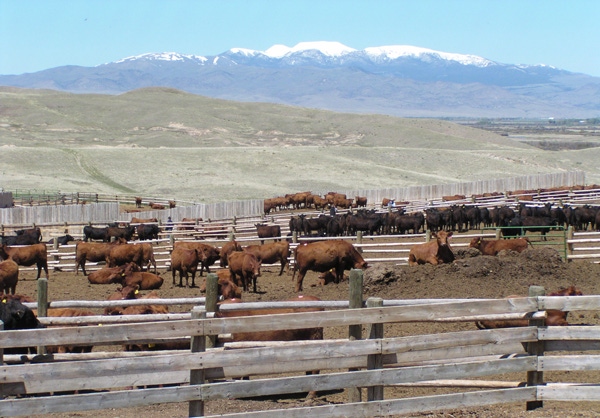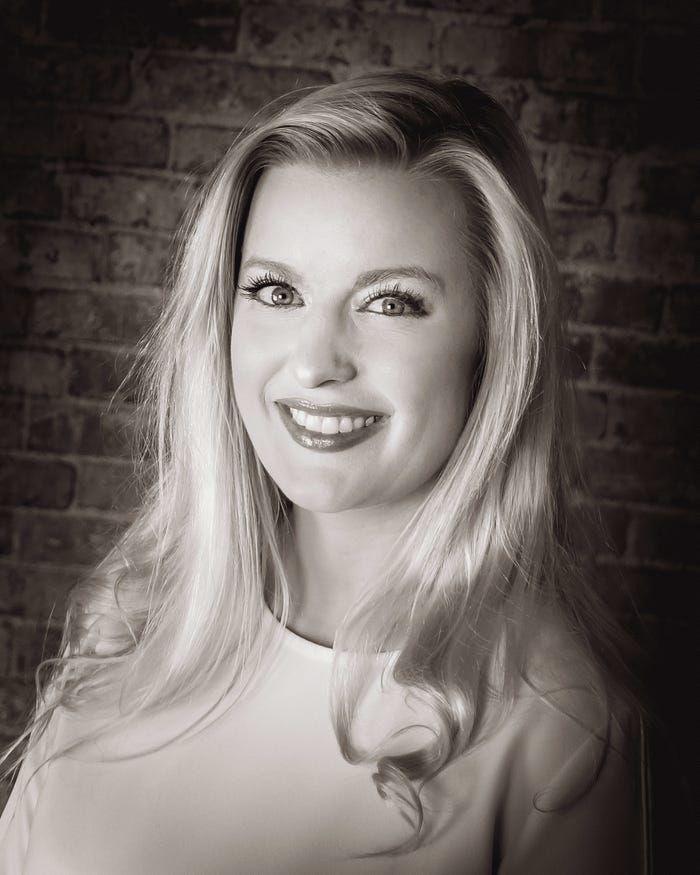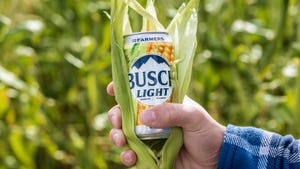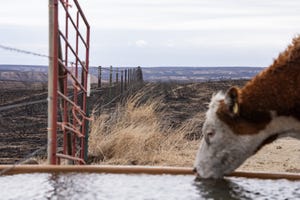Are we really “making the cattle business great again?”
R-CALF USA and Tomi Lahren are taking the beef industry down a dangerous road. Here’s why.
September 6, 2018

Commentary; By Kate Miller
Tomi Lahren considers herself a champion for the beef industry, using her trademark ‘in your face’ social media videos to, as she says, make the cattle business great again. A noble initiative for the common viewer no doubt, and her widespread popularity among conservative politics makes her a natural fit as a champion for the American cattle industry.
In theory, every farmer and rancher can support her ideal: keep American agriculture at the forefront of competitiveness within the domestic marketplace. This reads like a fairy tale to anyone toiling in production agriculture, and parts of the industry have flocked to her targeted commentary. There is no denying she has made a name for herself among conservative voters and certain ranchers with these appealing tactics.
But it is when you scrape away the colloquialisms of her story that questions begin to arise.
Where does her passion for the industry stem from? Sources say that she is a South Dakota native whose uncle has ties to the ranching community. This seems once again noble and pure. Lahren’s public opinions on the beef industry have been formed by her allegiance to Ranchers-Cattlemen Action Legal Fund United Stockgrowers of America (R-CALF USA). As a frequent speaker on their behalf, including being the keynote at their recent convention in 2018, is she compensated for her advocacy?
Her charismatic way of calling into question the security of the entire beef sector is also concerning. Through statements calling current product ‘mystery beef,’ she has directly challenged the safety of the U.S. beef supply in her attempts to reignite the failed country of origin labeling (COOL) program.
As beef producers, this raises a red flag. We should be concerned anytime anyone—consumer or producer--chooses to make questionably misleading statements that undermine the fundamental principles of our dedication to food safety as an industry. Driving producer outrage and consumer fear based on questioningly misleading and ambiguous statements is a dangerous stance to take.
That is a key component of Lahren’s brand: outrage nationalism. Incidentally, this is also a key component of R-CALF USA’s rhetoric. They take great pleasure in telling producers that they are marginalized, and rather than accept that the current cow-calf production model is rife with inefficiency, they beat the drum that ‘multinational beef packers’ with unlimited financial resources and political capital are to blame for our woes.
This group believes that transparency in labeling is a leading opportunity for America’s beef producers and that the American consumer will support that premium in the retail case. Nothing is stopping them from creating a branded beef program that capitalizes on this perceived consumer demand, yet they remain steadfast in their belief that mandatory COOL is the only way this can be accomplished.
However, while data from years of analysis of country of origin labeling is unable to support this ideology, the concept that consumers value transparency is aided by research and public perception. The disconnect is being able to tangibly tie the consumer’s desire for clear labelling to a true profit increase at the ranching level.
This is where the platform of R-CALF USA gambles on trying to resurrect a failed piece of legislation in the name of consumer preference. Multiple peer-reviewed and independent studies concluded the COOL came at a significant cost: $3 billion in upfront implementation cost, $3 billion in retaliatory tariffs from violating core principles of trade agreements, and $1billion per year to maintain. These costs were identifiable throughout the value chain, but what no study could ever conclude was that consumer loyalty or consumer demand grew because of a compulsory label. Yet Bill Bullard, CEO of R-CALF USA, would have you believe that the key to salvaging margins for producers is in increased government oversight and regulation. However, they provide no quantifiable data, either historic or theorized, for how the return on investment in compulsory origin labeling will be returned to these producers in terms of realized margin.
Then there’s the beef checkoff
They do this in tandem with launching a series of lawsuits in partnership with radical groups with ties to the Humane Society of the United States against the United States Department of Agriculture and the Montana Beef Council. They are currently requesting the court allow them to expand this injunction to 13 additional states. Lead counsel for this lawsuit is a firm called Public Justice, a legal action firm that champions sustainable and humane practices in agriculture based on concerted attacks on food integrators.
This position follows a long-standing relationship with the Organization for Competitive Markets. OCM is transparent in their alliance with the Humane Society of the United States, an activist group that is an outspoken opponent of animal agriculture. This trio has united forces in Oklahoma most recently to help quash Oklahoma State Question 777, commonly known as Oklahoma’s Right to Farm Bill.
Noting the high profile and longstanding legal battles that R-CALF USA pursues brings about a natural curiosity to how they fund these initiatives. In a brief review of R-CALF USA’s 990 Forms (Tax Statement for Non-Profits that are required to be available to the public) for 2014, 2015, and 2016, they denote a combined total spend for legal fees for those years of $82,340. Raising another fundamental question: is this the true total of the groups legal expenses or do they have a partner in footing these bills?
But the real gem of the R-CALF USA disclosures is that a whopping 77% of the group’s revenue for the period of 2014-2016 was allocated to employee wages and benefits. CEO Bill Bullard’s paycheck for 2014-2016 amounted to $581,066 of salary and deferred salary payments (44% of net revenue). This is not including his pension and benefits, easily establishing him as a top 5% income earner nationally.
This is relevant because R-CALF USA affiliates routinely call out NCBA staff salaries. By comparison, the NCBA CEO Salary for this same time period was $641,959. No small number, but this figure represents 0.013% of NCBA revenue during those years and only 5% of the total spend for NCBA employee compensation.

Kate Miller
NCBA appears to employ 130 employees and spends only 25% of its revenue competitively on total employee compensation. Here are links to the NCBA 990’s for 2014, 2015 and 2016 for those who value comparison.
Ultimately, the question becomes: Is the only way to “make the cattle business great” to use a political pundit to incite disenfranchisement among producers, demand the government regulate a point of view on consumer marketing preferences, align with extremist animal rights groups, and use less than 25% of total revenues on line-item initiatives?
In that case, I guess R-CALF USA is right; the rest of the beef industry has been doing it all wrong.
Miller, communications director for Stand Up Republic Arkansas, is a third-generation rancher, a tenured meat processing professional and has a development background in global trade.
You May Also Like

.png?width=300&auto=webp&quality=80&disable=upscale)

